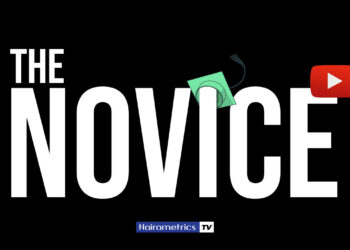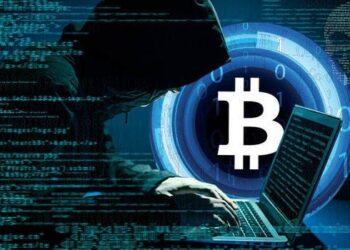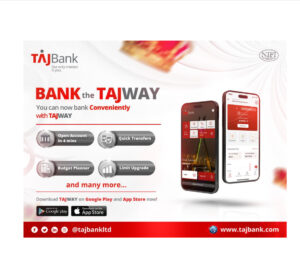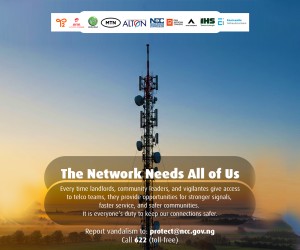We often hear stories of people being defrauded of thousands, or even millions of Naira. As scary as these stories sound, many people still fail to take certain precautionary measures to protect their bank accounts in order to ensure that they too don’t fall victim.
As we all know, internet/mobile banking has made life so much easier. You have access to your money no matter where you are. You can also perform financial transactions without stress. But with this ease comes risk. Scammers use social engineering tactics to bait people into giving up details that can be used to empty their bank accounts. This means you must learn how to protect your bank account.
READ: Leaked email reveal a bank can’t pay GDR dividend due to dollar shortages
What is Phishing?
Phishing is when you receive an SMS or email that appears to be from your bank. It could also be a phone call from someone that claims to be a representative.
Read How to invest in the Nigerian Stock Exchange(Opens in a new browser tab
They try to convince you to provide some personal information which they can then use to gain access to your money.
They won’t fail to create a sense of urgency to make you feel you need to act fast. This way, you fall prey before finding out that something is wrong.
If it’s an email message, they will provide a link or an attachment for you to click or download. The link takes you to a fake site where the hacker can harvest the details they need. The attachments contain malware that gives the hacker access to your computer or smartphone.
READ: Facebook founder, Mark Zuckerberg, worth $104 billion keeps $2.3 billion in cash

If you happen to receive such an email, you might be unable to tell it’s a scam since it’ll have your bank’s logo, letterhead, and other genuine information. They can even forge the original email address.
Since this trick is so convincing, how can you then tell when you are under attack?
[READ: Aliko Dangote is the only African among the world’s 100 richest people]
How to Identify a Phishing Attempt
There are several clues that give away this scammer’s trick. You can identify them once you are cautious enough.
- They’ll claim that your ATM card or bank account will be blocked if you don’t take immediate action.
- They’ll ask you to provide some information and tell you it’s required to solve the issue or provide the service for which they contacted you.
- They’ll make you an enticing offer and then ask you to download an attachment or click a link in the body of the message.
- They may use a generic greeting such as “Dear customer” rather than use your name. (But note that if it’s a targeted attack, the email or SMS greeting will most likely have your name).
- The message may contain spelling errors, typos, and have unusual fonts.
- When you hover over the link they sent, the URL will be different from your bank’s official website.
[READ: Stakeholder explains why FG should provide tax waivers for startups]
How you can protect yourself
While there are certain actions you can take, the greater part of protecting yourself has to do with staying alert so you can identify phishing attempts.
- Choose an email provider that offers spam, malware, and phishing protection. This way, you will be alerted when you receive a suspicious email.
- Configure the spam filter of your email service to be stricter in handling spam.
- Set up two-factor authentication to protect your email and social media accounts.
- Ensure your computer or smartphone has a strong antivirus program.
- Set a strong password for your ATM card, social media and email accounts.
- Don’t download your banking app from an unofficial site.
- Don’t share your security details with anyone, even if the person is a staff member within the banking hall.
- Don’t click links or download attachments from an email or social media message, unless you are explicitly expecting the message. If you must visit the link, don’t click on it directly from the message. Copy and paste it in your browser’s address bar to make sure the URL belongs to a genuine site.
READ: How to protect your bank accounts from hackers and fraudsters
Note: Secure websites (including your bank’s website) always make use of HTTPS.
- Visit your bank and make inquiries about the issue or service for which you were contacted.
Scammers continuously device new ways of defrauding people. It’s up to you to stay vigilant and not fall an easy prey.


























Happy New year and God’s blessings to you.
Thank you very much and have blessed year